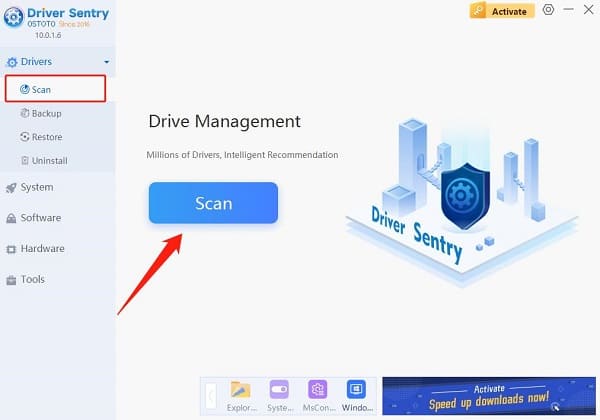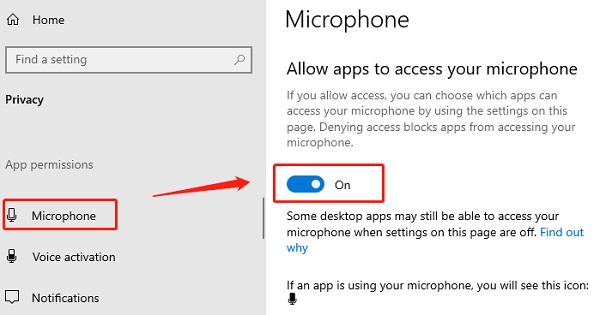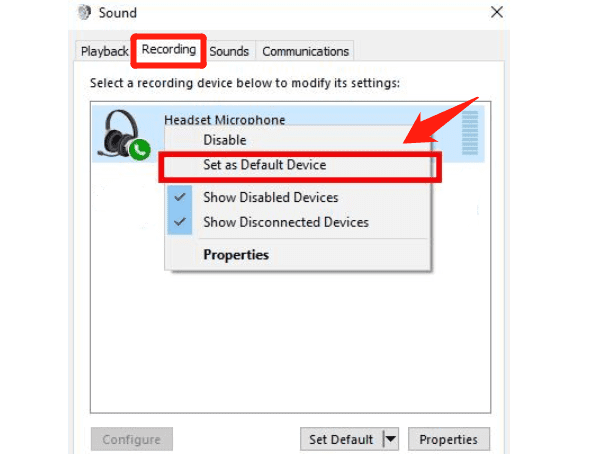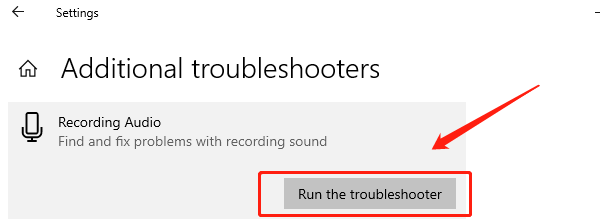
When using Windows 10, many users may encounter issues with the microphone not working properly. This article provides several effective solutions to help you quickly fix the issue and restore the normal use of your microphone.
Method 1: Check Microphone Connection
If you are using an external microphone, check whether the microphone is securely plugged into the computer's audio input port. For USB microphones, ensure it is plugged into the correct USB port.
For laptops with built-in microphones, ensure that the hardware switch is not disabled (some laptops have such a switch).
If your computer has multiple audio or USB ports, try connecting the microphone to different ports to rule out port-related issues.
Method 2: Update Audio Drivers
Microphone issues are often related to audio drivers, and updating the audio driver is a key step to ensure the microphone functions properly. It is recommended to use Driver Sentry to automatically detect and update drivers, saving time and preventing the installation of incorrect drivers.
Click the download button to get the latest version of Driver Sentry. After installation, open the software and click "Scan".

Once the scan is complete, it will show which drivers are missing or need updates. Find the audio driver in the result list and click "Update".
After updating, it is recommended to restart your computer to ensure the updated drivers are working properly.
Method 3: Check Windows Privacy Settings
Press "Win + I" to open "Settings", then click "Privacy".
In the left menu, select "Microphone".
Under "Allow apps to access your microphone", make sure the switch is turned on. If it's off, both the system and apps will not be able to use the microphone.

Scroll down to the "Choose which apps can access your microphone" section and ensure the apps that need microphone access (e.g., Zoom, Skype) have been granted permission.
If you are using desktop apps, make sure the "Allow desktop apps to access your microphone" option is also turned on.
Method 4: Check Audio Settings
Right-click the volume icon at the bottom right of the taskbar and select "Open Sound Settings".
In the "Input" section, make sure your microphone is selected as the default input device.
Use the dropdown menu to choose the correct microphone.
Click "Device properties" to ensure the microphone volume is set to an appropriate level and is not muted.
Return to the main "Sound Settings" page and click "Sound Control Panel" under "Related Settings". In the popup window, switch to the "Recording" tab.
Right-click your microphone, select "Enable" (if disabled), and ensure it is set as the default device (indicated by a green checkmark).

Double-click the microphone, go to the "Levels" tab, and adjust the microphone volume to a higher level, ensuring it's not muted.
Method 5: Run Windows Troubleshooter
Press "Win + I" to open "Settings" and click "Update & Security".
In the left menu, select "Troubleshoot".
Scroll down and select "Additional troubleshooters", then click "Recording Audio" and "Run the troubleshooter".

Windows will automatically detect microphone issues. Follow the on-screen instructions to complete the process.
After troubleshooting is complete, restart your computer to ensure the changes take effect and check if the microphone is functioning properly.
Method 6: Check Hardware Issues
Connect the microphone to another computer or device to see if it works there. If it doesn't work on other devices, the microphone may be faulty.
If you have a spare microphone, try connecting it to your computer to rule out issues with your computer's port or settings.
Check if the microphone has any physical damage or if the cable is frayed. If you notice any damage, you may need to replace the microphone.
By following the steps in this guide, you can quickly diagnose and resolve microphone issues to restore normal functionality. If the problem persists, professional technical support or replacing the microphone hardware may be required.
See also:
7 Ways to Fix Windows 11 Monitor Not Full Screen
Solutions for 0x0000001A Blue Screen Error and System Crash